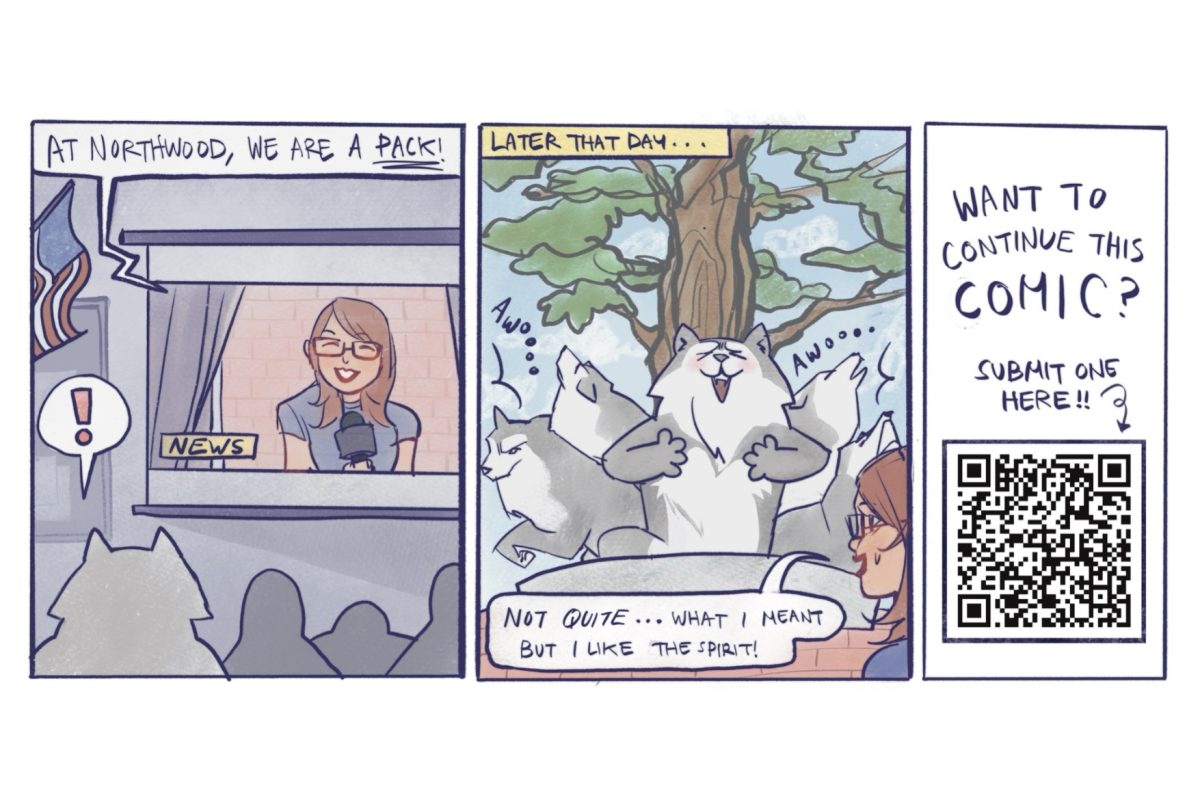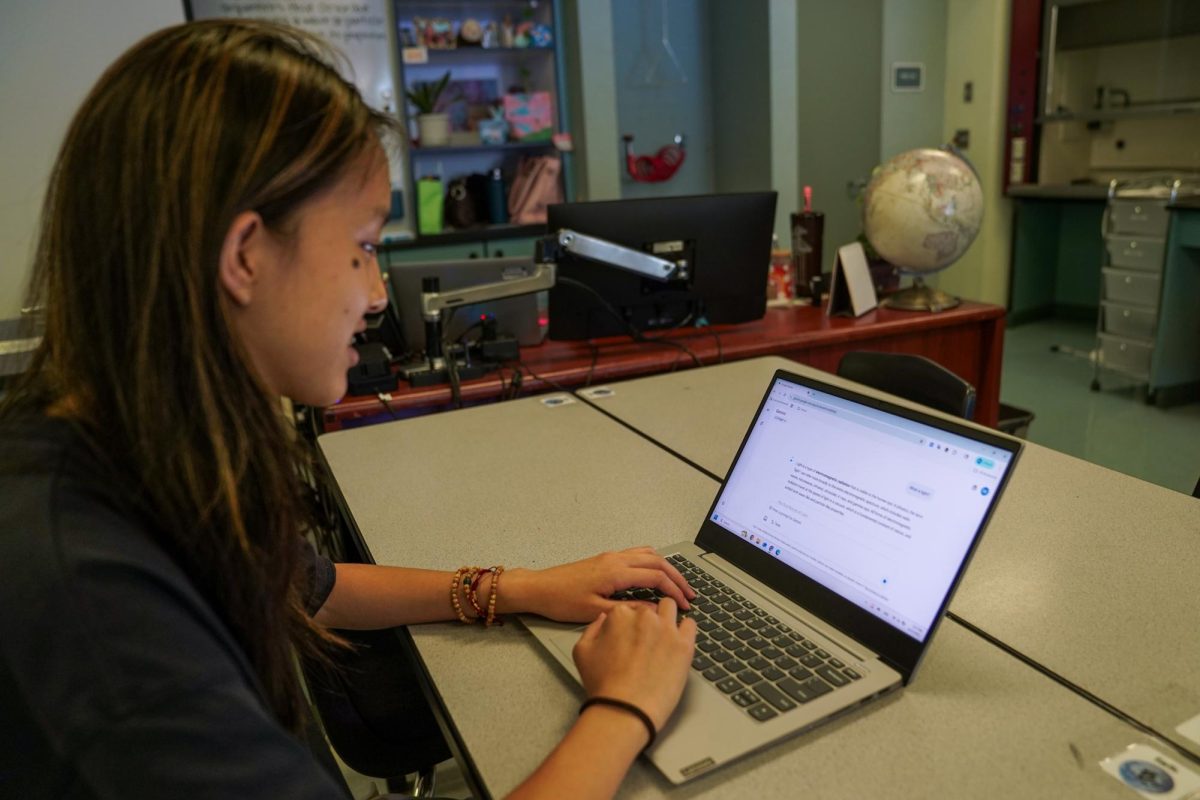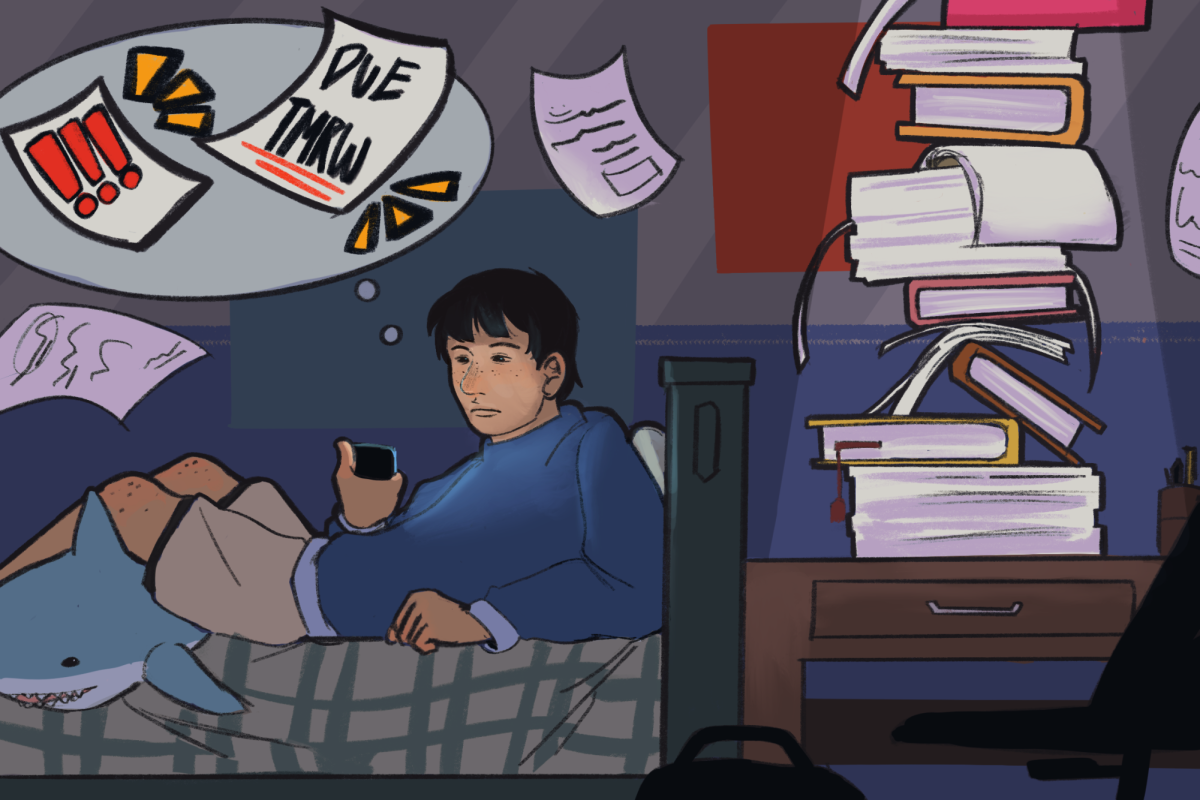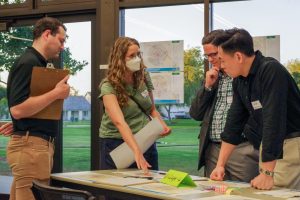Irvine City Council puts district elections to the vote
Photo provided by City of Irvine
IT’S ALL UP TO THE VOTERS: Irvine mayor Farrah Khan is sworn in for her second two-year term in a December ceremony. If the district election system is passed, mayor would be the only candidate to run at large.
March 17, 2023
The Irvine City Council voted 4-1 on Jan. 10 to approve a motion allowing voters to weigh in on adding two additional council members and switching to a district election system on the March 2024 election ballot.
Irvine citizens will vote next year on whether to use district elections to increase candidacy participation, a system where residents vote for one council member that represents their residential district, or stay with the current at-large voting where all citizens vote for each councilmember.
“We are the second largest city in Orange County with over 150,000 voters, and this makes it difficult for individuals to run at large,” Irvine mayor Farrah Khan said. “Hopefully, with districts, more people would want to serve on council.”
Advocates of this motion hope that with the addition of two more council members and the implementation of district elections, Irvine’s communities will have better representation for the different groups residing in the city. Historically, the number of council members in Irvine has remained the same as when the city first formed in 1971, despite the city’s population increasing from 10,000 to 307,000.
“Having the districts would give the people in specific areas a representative that they would answer directly to and that representative would be particularly motivated to not discount those voices,” Irvine council member Kathleen Treseder said. “For example, Great Park residents who want more say in the development of the Great Park and UCI students who need more affordable housing would benefit from a district council member.”
However, critics are concerned that district elections would not serve their purpose of increasing representation in Irvine, due to Irvine’s lack of ethnic enclaves, according to the OC Register. Cities throughout California switched to district voting under the California Voting Rights Act of 2001, which intended to amplify underrepresented ethnic groups due to historic redlining, a systematic process during the 1950s which racially divided neighborhoods. Because redlining did not occur in Irvine, vice mayor Tammy Kim argues that district elections compounded with Irvine’s lack of ethnic enclaves may limit the ability of Irvine’s marginalized populations to “coalesce.”
Kim remains concerned that the established districts and their respective council members would be too focused on their district rather than the city as a whole, which may in turn contribute to city division.
“One of the biggest concerns with members of other by-district city councils was the lack of resources going into their districts,” Kim said. “We might have council members and districts pitted against each other to fight for adequate representation and resources.”
The council is currently in the process of confirming proposed district borders, which will be drawn in November with demographers at public hearings. Initially, an Independent District Committee was to be established in order for bias that councilmembers may have in drawing districts to be avoided, however, the council ultimately voted against it because forming one would require much more time.i
As Irvine City Council works towards defining what district elections and more council members would mean for Irvine, whether we establish a new election system will ultimately be decided by voters next March. Residents who have concerns, questions or comments about districting can voice their thoughts at city council meetings held on the second and fourth Tuesdays of every month.

























































